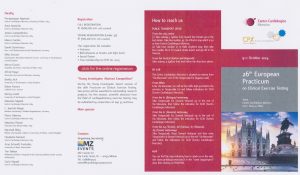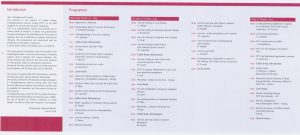Squeo MR; Italian National Olympic Committee, Institute of Sport Medicine and Science, Roma, Italy.
Monosilio S; Gismondi A; Perrone M;Gregorace E; Lemme E; Di Gioia G; Mango R; Prosperi S;Spataro A; Maestrini V; Di Giacinto B; Pelliccia A;
BMJ open sport & exercise medicine [BMJ Open Sport Exerc Med] 2023 Nov 29; Vol. 9 (4), pp. e001610.
Date of Electronic Publication: 2023 Nov 29 (Print Publication: 2023).
Background: The Tokyo Olympic games were the only games postponed for a year in peacetime, which will be remembered as the COVID-19 Olympics. No data are currently available on the effect on athlete’s performance.
Aim: To examine the Italian Olympic athletes who have undergone the return to play (RTP) protocol after COVID-19 and their Olympic results.
Methods: 642 Potential Olympics (PO) athletes competing in 19 summer sport disciplines were evaluated through a preparticipation screening protocol and, when necessary, with the RTP protocol. The protocol comprised blood tests, 12-lead resting ECG, transthoracic echocardiogram, cardiopulmonary exercise test, 24-hour Holter-ECG monitoring and cardiovascular MR based on clinical indication.
Results: Of the 642 PO athletes evaluated, 384 participated at the Olympic Games, 254 being excluded for athletic reasons. 120 athletes of the total cohort of 642 PO were affected by COVID-19. They were evaluated with the RTP protocol before resuming physical activity after a mean detraining period of 30±13 days. Of them, 100 were selected for Olympic Games participation, 16 were excluded for athletic reasons and 4 were due to RTP results (2 for COVID-19-related myocarditis, 1 for pericarditis and 1 for complex ventricular arrhythmias). Among athletes with a history of COVID-19 allowed to resume physical activity after the RTP and selected for the Olympic Games, no one had abnormalities in cardiopulmonary exercise test parameters, and 28 became medal winners with 6 gold, 6 silver and 19 bronze medals.
Conclusions: Among athletes with COVID-19, there is a low prevalence of cardiac sequelae. For those athletes allowed to resume physical activity after the RTP evaluation, the infection and the forced period of inactivity didn’t have a negative impact on athletic performance.


